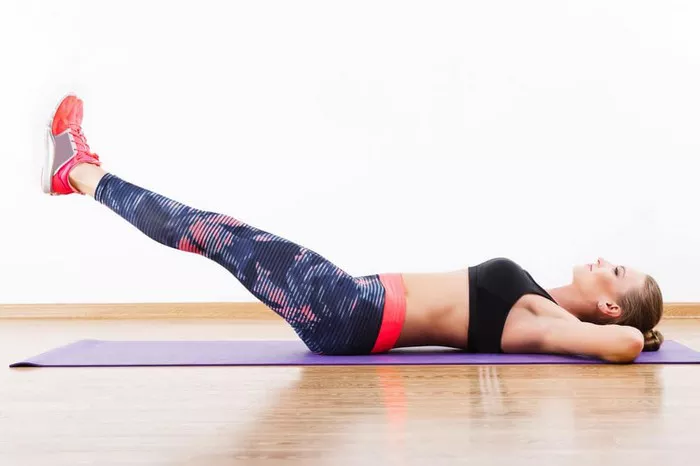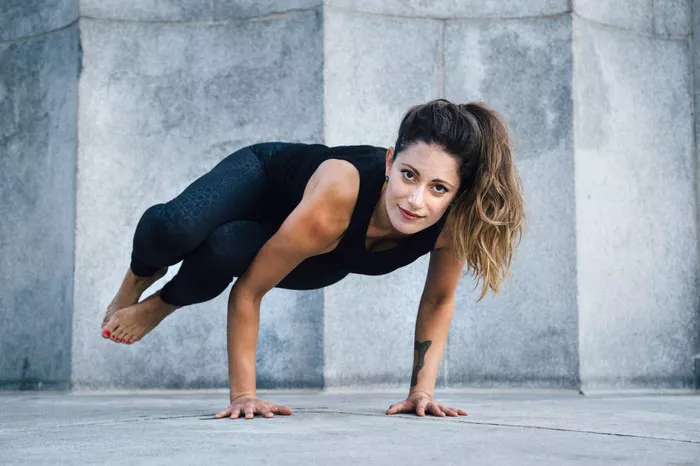Yoga, an ancient practice that blends physical postures, breathing techniques, and mindfulness, has captivated the attention of millions worldwide. One of the most iconic and frequently practiced asana series in yoga is the Warrior Pose, also known as Virabhadrasana. With its strong, commanding stance, the Warrior Pose embodies strength, focus, and grace, making it a foundational element in many yoga classes and practices. This article will explore the Warrior Pose in its various forms, its history, benefits, techniques, and common mistakes, as well as how to integrate Warrior Pose into your yoga routine.
Origins and Symbolism of the Warrior Pose
The Warrior Pose derives its name from a powerful mythical figure in Hindu mythology, Virabhadra. According to legend, Virabhadra was a warrior created by Lord Shiva to avenge an insult to his wife, Sati. The story of Virabhadra represents strength, courage, and the ability to face challenges with determination and composure. In yoga, the Warrior Pose series encapsulates this spirit, challenging the practitioner to embody inner strength, stability, and resilience.
Overview of the Warrior Pose Variations
The Warrior Pose series includes several variations, each with distinct characteristics and purposes. The three primary Warrior Poses are:
Warrior I (Virabhadrasana I):
This pose focuses on grounding and upward energy. It represents determination and reaching for higher goals.
Warrior II (Virabhadrasana II):
A lateral pose that emphasizes stability, focus, and opening the hips. It symbolizes preparation for battle, with the arms stretched wide and gaze fixed.
Warrior III (Virabhadrasana III):
A balancing pose that represents the moment of action. It requires strength, balance, and concentration, embodying the swift, decisive energy of a warrior.
Some yoga styles also include variations like Humble Warrior and Reverse Warrior, which provide additional depth and flexibility to the practice.
Detailed Guide to Each Warrior Pose
1. Warrior I (Virabhadrasana I)
How to Perform Warrior I:
- Begin in Tadasana (Mountain Pose), standing at the top of your mat.
- Step your left foot back about 3-4 feet, keeping your right foot forward and toes pointing straight ahead.
- Align your left foot slightly inward, at a 45-degree angle.
- Bend your right knee so it stacks directly above the ankle, forming a 90-degree angle.
- Press into the outer edge of your left foot for stability.
- Square your hips toward the front of the mat.
- Inhale as you lift your arms overhead, palms facing each other or touching.
- Lengthen through the spine, gaze upward or forward, and hold for 3-5 breaths.
Key Benefits:
Strengthens the legs and glutes: The deep lunge activates the thighs and buttocks.
Opens the hips and chest: Encourages flexibility and mobility.
Improves posture and spinal alignment: Strengthens the core and back muscles.
Common Mistakes and Tips:
- Avoid letting the front knee collapse inward; keep it aligned with the second toe.
- Ensure the back heel stays grounded for stability.
- If tight hips prevent squaring, work on gentle modifications over time.
2. Warrior II (Virabhadrasana II)
How to Perform Warrior II:
- Start in Tadasana and step your left foot back, widening your stance to 3-4 feet.
- Align your right foot forward and turn your left foot to a 90-degree angle.
- Bend your right knee to form a 90-degree angle, ensuring it doesn’t extend past the toes.
- Stretch your arms out horizontally, parallel to the floor, palms facing down.
- Gaze over your right hand while keeping your spine tall.
- Hold for 3-5 breaths before switching sides.
Key Benefits:
Strengthens and tones the lower body: Works the thighs, calves, and glutes.
Enhances focus and mental clarity: The fixed gaze encourages mindfulness.
Stretches the shoulders and chest: Opens the upper body, countering hunching.
Common Mistakes and Tips:
- Avoid leaning forward; keep the torso centered.
- Ensure the front knee tracks over the middle toes, not collapsing inward or outward.
- Keep both arms fully extended and active, avoiding slouching shoulders.
3. Warrior III (Virabhadrasana III)
How to Perform Warrior III:
- Begin in Tadasana and shift your weight onto your right foot.
- Extend your arms overhead or stretch them out to the sides like airplane wings for balance.
- Slowly lift your left leg back as you hinge forward at the hips, creating a straight line from head to heel.
- Engage your core and gaze at a fixed point on the floor for stability.
- Hold for 3-5 breaths, then return to standing and repeat on the other side.
Key Benefits:
Builds balance and coordination: Improves proprioception and core stability.
Strengthens the legs, core, and back: Requires activation of multiple muscle groups.
Enhances concentration: Demands focus and mental clarity to maintain balance.
Common Mistakes and Tips:
- Avoid arching the back or letting the lifted leg drop below hip level.
- Engage the standing leg to avoid locking the knee.
- Use a wall or chair for support if balance is challenging.
Humble Warrior and Reverse Warrior
While not part of the traditional Warrior trio, these variations add depth to your practice.
Humble Warrior:
From Warrior I, clasp your hands behind your back, fold forward inside your front leg, and let your head bow down. This variation enhances shoulder mobility and encourages humility.
Reverse Warrior:
From Warrior II, tilt your torso back, resting your rear hand on your back leg while stretching your front arm upward. It provides a gentle side stretch and opens the ribcage.
The Benefits of Practicing Warrior Poses
The Warrior Pose series offers a wealth of physical, mental, and emotional benefits:
Physical Benefits:
Strengthens the lower body: Builds power in the legs, glutes, and hips.
Improves flexibility: Opens the hips, chest, and shoulders.
Enhances balance and stability: Warrior III particularly cultivates these skills.
Boosts stamina: Holding these poses builds endurance and resilience.
Mental and Emotional Benefits:
Develops focus and mindfulness: The strong stances require concentration and awareness of alignment.
Fosters a sense of empowerment: The poses encourage confidence and self-assurance.
Relieves stress: Stretching and engaging the body promotes relaxation and tension release.
Energetic Benefits:
In yoga philosophy, Warrior Poses stimulate the root (Muladhara) and solar plexus (Manipura) chakras, which are associated with stability, strength, and confidence.
Integrating Warrior Poses into Your Practice
For Beginners:
- Focus on mastering Warrior I and II, prioritizing alignment over depth.
- Use props like blocks or walls to assist balance in Warrior III.
- Practice shorter holds, gradually increasing the duration.
For Intermediate and Advanced Practitioners:
- Explore dynamic transitions between the Warrior poses for flow sequences.
- Incorporate variations like Humble Warrior or add twists for a deeper challenge.
- Practice Warrior III with hands in different positions to test balance.
Sequencing Ideas:
Beginner Sequence:
- Start with gentle warm-ups like Cat-Cow and Downward Dog.
- Transition to Warrior I and II on each side.
- End with a seated forward fold to relax the hamstrings.
Power Sequence:
- Flow through Warrior I, II, and III on one side before switching.
- Add Reverse Warrior for a dynamic stretch.
- Cool down with Child’s Pose and a seated twist.
Tips for a Safe and Effective Practice
Warm up properly: Include dynamic stretches to prepare your body for the strength and flexibility required.
Focus on alignment: Poor posture can lead to strain, especially in the knees and lower back.
Breathe deeply: Synchronize your breath with movement to stay grounded.
Use modifications: Props and reduced depth can help maintain proper form.
Conclusion
The Warrior Pose series is more than just a set of postures; it is a journey of self-discovery and empowerment. As you step onto your mat and embody the strength, grace, and focus of a warrior, you cultivate not only physical resilience but also mental and emotional fortitude. Whether you are a beginner exploring the basics or an advanced practitioner refining your technique, the Warrior Poses offer a timeless and transformative experience. With consistency and mindfulness, these asanas can become a cornerstone of your yoga practice, inspiring you to face life’s challenges with courage and poise.
Related Topics:





















